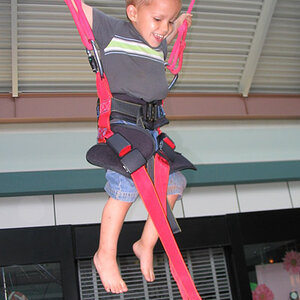Dmitri
No longer a newbie, moving up!
- Joined
- Jun 20, 2008
- Messages
- 5,882
- Reaction score
- 44
- Location
- End of the line
- Can others edit my Photos
- Photos NOT OK to edit
I kind of know its purpose, but I don't understand it.
Is it just a less bright flash? Does it do something special that makes it different than a normal flash?
Sorry for such basic questions, but I never bothered with it before in the photos I've taken, and now I feel like a little kid at a Norwegian camp...
Is it just a less bright flash? Does it do something special that makes it different than a normal flash?
Sorry for such basic questions, but I never bothered with it before in the photos I've taken, and now I feel like a little kid at a Norwegian camp...


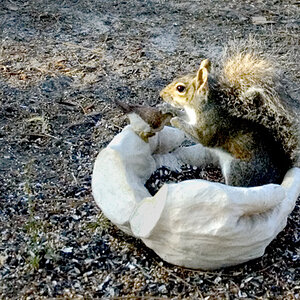
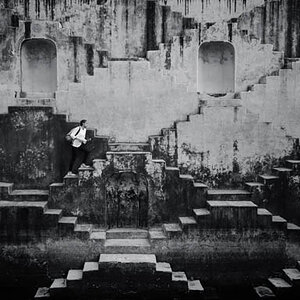

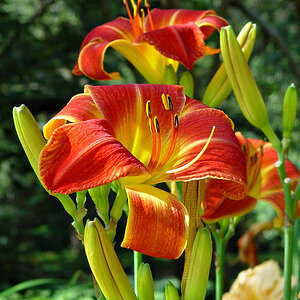
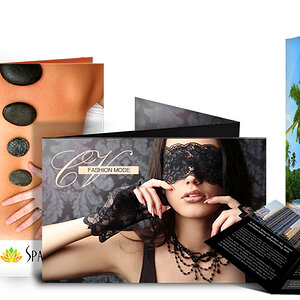
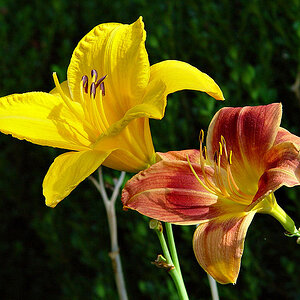
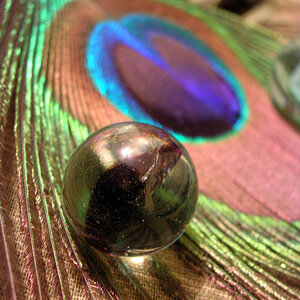
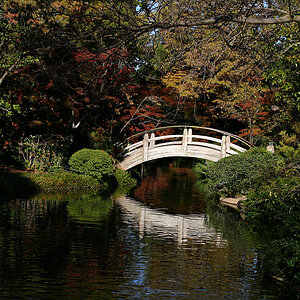
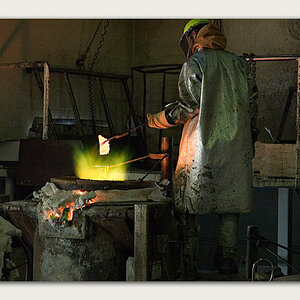
![[No title]](/data/xfmg/thumbnail/38/38725-bdf734721ecaad862bb3e3a856c81df5.jpg?1619738702)
